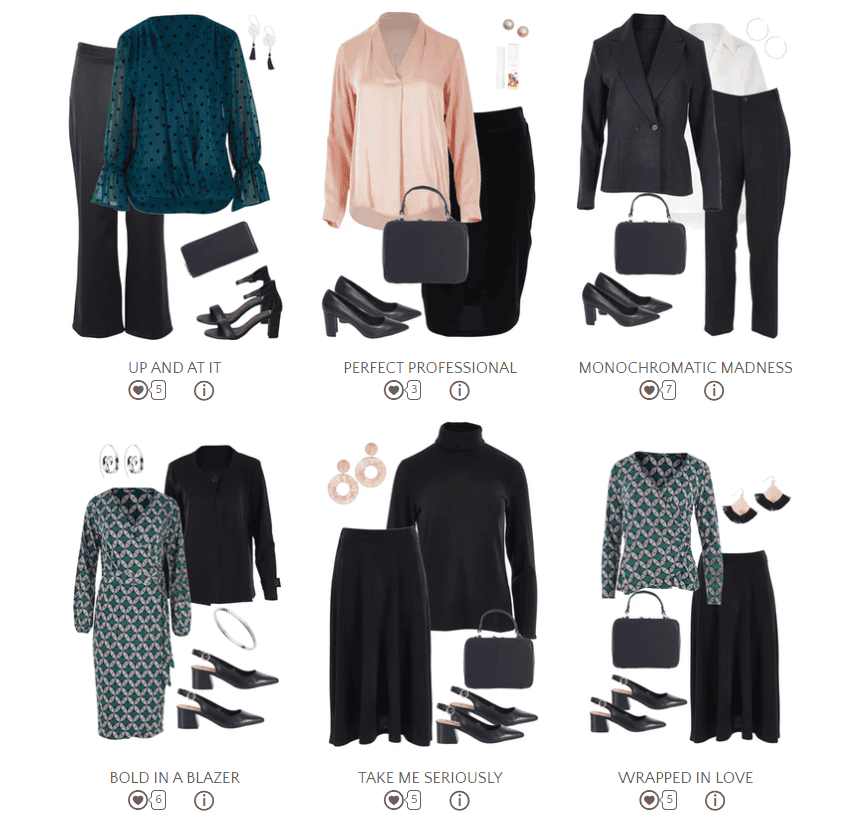When the pandemic arrived earlier this year it ushered in a new world of introspection. Many women I know started to question the high-energy, super-busy, relentless way of operating. Bouncing between meetings, projects, family commitments, managing teams, managing upwards, and generally juggling life and career.
Have you ever felt that there is simply no time to breathe?
I know through my own experience, and that of other successful people, that we go further in life and career by periodically taking time to stop and rest.
Pausing, being in stillness, in the absence of purposeful striving, leaning back to rest rather than leaning in. It invariably leads to transformative leaps forward in insight and understanding, in life and career.
In recent interviews, the actor Matthew McConaughey has talked about taking a 20-month sabbatical from working.
He used this time to read the diaries he has kept since he was 14 years old, pen his memoir of sorts, and exercise the power of saying, “No, thank you”. Which in his case meant turning down a $14.5 million offer for a role in a romantic comedy, and know the joy of doing jigsaw puzzles in quiet seclusion with his family.
So, what is a sabbatical?
Traditionally, a sabbatical is a period of paid or unpaid leave that is granted to an employee, so they may study or travel. This type of time off is common in higher education settings and is usually granted after seven years of service.
Employers benefit from the new skills of the employee such as a qualification or technical skill enhancement, innovation and new thinking. It brings a renewed and refreshed attitude to work. It can form part of a highly effective retention strategy for key staff.
I don’t think I know anyone, outside of academia, who has taken a sabbatical from their corporate career. A gap year after university, yes. Maternity leave, yes. A secondment to HO or a branch office in another country, yes, but not so much these days.
“She’s away on sabbatical,” is a phrase rarely heard.
What are some options for taking time out to study, pursue an interest, or simply check in on the state of our lives?
In the absence of a formal sabbatical policy at your place of work, reading widely outside of your usual genre, attending courses at a community college (in person or online), listening to inspired podcasts on non-work-related topics, and retreats can be very do-able. Journaling, too, is often the best kindling for igniting the next phase in your life and career.
Becoming the leader others want to follow requires continuous exposure to new ideas and purposefully examining the state of your life.

Former Michelle Obama speechwriter Sarah Hurwitz spoke about taking a much-needed break after the whirlwind of working in the White House in an interview for NBC’s TODAY show.
“It’s funny, I think people expect I was in some great existential crisis or it was like a spiritual journey but the truth is, I broke up with a guy I had been dating, I was 36, and I happened to hear about an Introduction to Judaism class at the local Jewish Community Centre.
As an adult, studying these ancient Jewish texts, I realised that there was so much wisdom about how to be a good person, how to live a worthy life and how to find really deep spiritual connection. I thought, wait a second, there is a lot here for me, that I think can actually transform my life.
I remember reading this line from the Torah, which is Judaism’s key sacred text, that says that we are all created in the image of God. As American scholar, author and rabbi Yitz Greenberg says, it essentially means that we are all infinitely worthy, we are all equal to each other, and we are all totally unique.”
She recalled the words she wrote with Michelle Obama and found there was a spiritual connection.
“Mrs. Obama was talking about educating girls in developing countries, she was saying each of these girls is infinitely worthy, they’re equal to every child on this planet, with a world of potential that is uniquely theirs. She said: ‘We want to make sure that every door is open to girls like you.’ And so that really changed how I thought about what I was doing.”
Sarah also attended a long silent meditation retreat, that had a profound effect. “I found it to be a surprisingly emotional, really transformative experience,” she said.
A sabbatical or retreat is different from a holiday. It is a break from work for intentional rest, reflection and renewal.
I have been fortunate enough to attend two week-long retreats for women business owners and entrepreneurs in recent years, in 2017 and again in 2019. This quote from Thomas Friedman’s book, Thank You For Being Late, best describes the experience:
“When you press the pause button on a machine, it stops. But when you press the pause button on human beings they start.
You start to reflect, you start to rethink your assumptions, you start to reimagine what is possible and, most importantly, you start to connect with your deeply held beliefs. Once you’ve done that, you can begin to reimagine a better path.”

To get you started, here is a suggested reading and listening list.
Reading:
- The Gifts of Imperfection by Brené Brown
- Everything is Figureoutable by Marie Forleo
- Chillpreneur: New Rules for Creating Success, Freedom and Abundance on Your Terms by Denise Duffield-Thomas
- Quiet: The Power of Introverts in a World That Can’t Stop Talking by Susan Cain
- Feel the Fear and Do It Anyway by Susan Jeffers (an oldie but still a goodie!)
Listening:
- Jonathan Fields’ Good Life Project podcast
As we enter what is often a reflective and contemplative time of year, and especially so this year, will we simply note what’s happened? Or accept the invitation to create the next leg of the journey in life and career, and the next, and the next?
Reimagine what is possible. Be the obvious choice to the C-Suite.
Postscript
“What if we look at time not as a clock that ticks away, but as a collection of regularly repeating opportunities to reset and redirect our intentions and actions and, in doing so, let our lives tell a richer, more engaged, and meaningful story?” asks Jonathan Fields of the Good Life Project.
That’s what I’m thinking about as I head into my own sabbatical from working.
I am going to invest the first part of 2021 back into my own learning, reflections, and discussions with a cross-section of high achieving people. To pause and find deeper insights and connections and then come back and share them with you.
To help you make the transformative leap forward in your life and career.
I eagerly await the moment when we will connect again in the future.
Sign up to receive future episodes direct to your inbox here.















